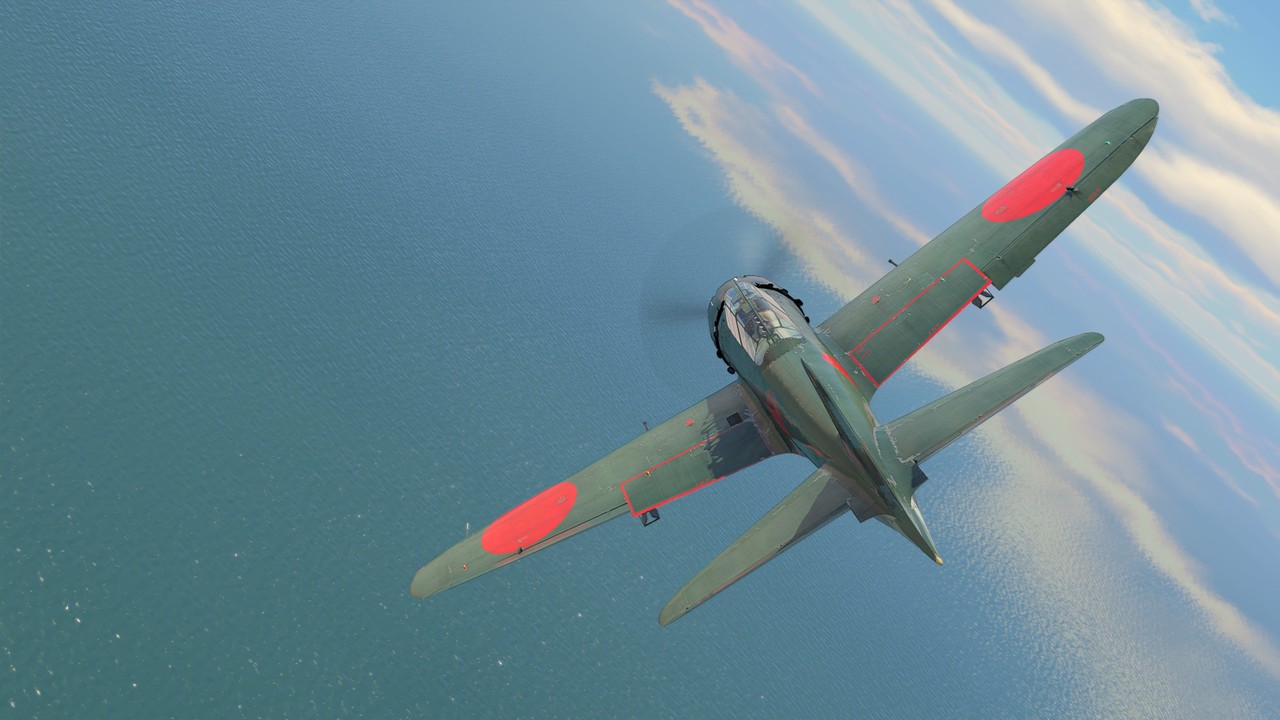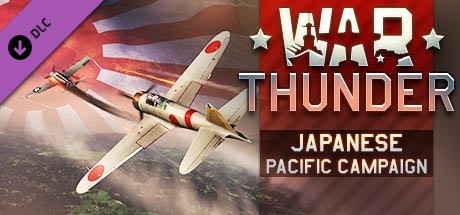| Game Modes | ||
|---|---|---|
Battle | Conquest | Skirmish |
War Thunder - Japanese Pacific Campaign steam key free is now available on SteamUnlock.info. Free Steam Keys! FREE STEAM GAMES. Free games to download. Steam Giveaways. This Pack includes: A6M5 Ko (Rank 4 Japan);850 Golden Eagles;Premium account for 15 days;Japanese Pacific Campaign.A6M5 Ko.The A6M5 Ko. Was one of the latest and the most. This campaign, based upon historical events, allows you to fight as a pilot in the Imperial Japanese Air Forces against the U.S. Navy in the battles of the Pacific Theatre. The Guadalcanal Campaign was started in August 1942, to protect a Pacific convoy route between the United States and Australia and New Zealand. The initial landing of Allied forces on the islands of Guadalcanal, Tulagi, and Florida were a great surprise for the Japanese army, caught in the process of Japanese bridgehead expansion in the region.
- 1Overview
Overview
This campaign, based upon historical events, allows you to fight as a pilot in the Imperial Japanese Air Forces against the U.S. Navy in the battles of the Pacific Theatre. You will enjoy precisely reconstructed battles over the ground and ocean, photo-realistic locations, and footage of historical chronicles. I've personnaly bought the japanese Pacific campaign last week, just to see how it goes. The campaing on it's own can be boring sometimes, also your plane will be stock so enjoy the sparkling 20mms. The good thing is that it looks pretty great, you'll never see big plane formation as you do in Campaign in PvP so the immersion is actually pretty.
Jungle is a ground forces map available in all modes. It is one of the oldest tank maps, being present in the ground forces Closed Beta Test (CBT), and being released with the ground forces Open Beta Test (OBT) in Update 1.41.
The map takes place on the coast of a tropical island, with palm trees and other tropical vegetation. The north of the map is a beach area, with natural dips, sand dunes, and small rocky hills to provide cover from enemy tanks. Water flows into the centre of the map, creating an island in the middle, through a break in the beach. The east and west areas of the have reasonably thick vegetation and are quite uneven, providing plenty of opportunities to hide from enemy tanks, and set up ambushes.
The Island in the middle of the map is separated from the rest of the map by shallow water, not deep enough to down most tanks. Again it has plenty of vegetation and uneven terrain, providing cover in the middle area of the island. There are hills at the north and south tips of the island. The northern hill allows players to shoot down on players in and approaching, the south of the island. It also allows the player too shot onto the beaches and other areas in the north of the map. Rocks provide cover from the east and west, but the player is still exposed to fire from the north and south. A road passes along the south edge of the island, with two bridges linking the island to the east and west of the map. If not careful players can fall off these bridges, often leading to them falling upside down into the water and drowning, unless a teammate is in the area and acts very quickly to right the tank. The south hill can be a useful strategic position, allowing you to engage enemy tanks in the south of the map, but can leave players exposed to fire. Hills in the east and west of the map are often used by players to shoot enemy tanks in the vicinity of the southern hill.
The south of the map has a couple of big hills on the east and west players can climb to get a commanding view of the south and middle of the map. The area between the hills is flatter and more open, but still has plenty of vegetation. Players use this area to shoot at enemies on the south of the island, and try to advance towards the other teams spawn.


The ground forces area is 1.6km x 1.6km and the air forces map is 65km x 65km.
Game Description
Historical Background
The map is called Guadalcanal in the game files, and in air battles, the Guadalcanal mini-map is used, showing the tank battles area to be located on the northeast coast of Guadalcanal, in the Solomon Islands. Although the tank battles area is clearly inspired by the terrain of the area it is in real life (in the vicinity of 9°16'44.3'S 159°44'26.0'E), the layout appears to be fictional.

The Guadalcanal Campaign, also known as the Battle of Guadalcanal, under the codename Operation Watchtower was fought between 7 August 1942 and 9 February 1943 on and around the island of Guadalcanal in the Pacific theatre of World War II. It was the first major offensive by Allied forces against the Empire of Japan. Allied forces, made up predominantly of United States Marines, landed on Guadalcanal, Tulagi, and Florida in the southern Solomon Islands, on the 7 August 1942. Their aim was to capture the islands, preventing Japanese forces from using them to disrupt Allied supply and communication routes between the US, Australia, and New Zealand. The Allies also wanted to use the islands of Guadalcanal and Tulagi as bases to support a campaign to take over the major Japanese base at Rabaul on New Britain. The Allied forces overwhelmed the outnumbered Japanese defenders (60,000 - 36,000), who had occupied the islands since May 1942. They captured the islands of Tulagi and Florida, as well as an airfield (later named Henderson Field) that was under construction on Guadalcanal.

Surprised by the Allied offensive, the Japanese made several attempts to recapture Henderson Field between August and November 1942. There were three major land battles, seven large naval battles, and continual (almost daily) aerial battles. This culminated in the decisive Naval Battle of Guadalcanal in early November, in which the last Japanese attempt to bombard Henderson Field from the sea and land with enough troops to retake it was defeated. In December, the Japanese abandoned their efforts to retake Guadalcanal and on the 14 January, 1943 launched Operation Ke, their withdrawal from the Island. It lasted until 7 February 1943, ending the Guadalcanal Campaign.
Notable Landmarks
Map configuration
Domination
There are three Capture Points. Point A is on the southern hill of the centre island, B is on the west of the beach, and C is on a small hill on the east of the beach.
Conquest
There is are three configurations of the conquest mode, each with one Capture Point. The point will either be on the northern beach, on the hill next to the split where water flows in; or it will be on the northern or southern hill, on the centre island.
Battle
Break
Strategy
Describe what focus a team should have when spawning into the map
Media
See also
War Thunder Pacific Campaign
- Similar maps
Pacific Campaign Wwii
External links
War Thunder Single Player Campaign




